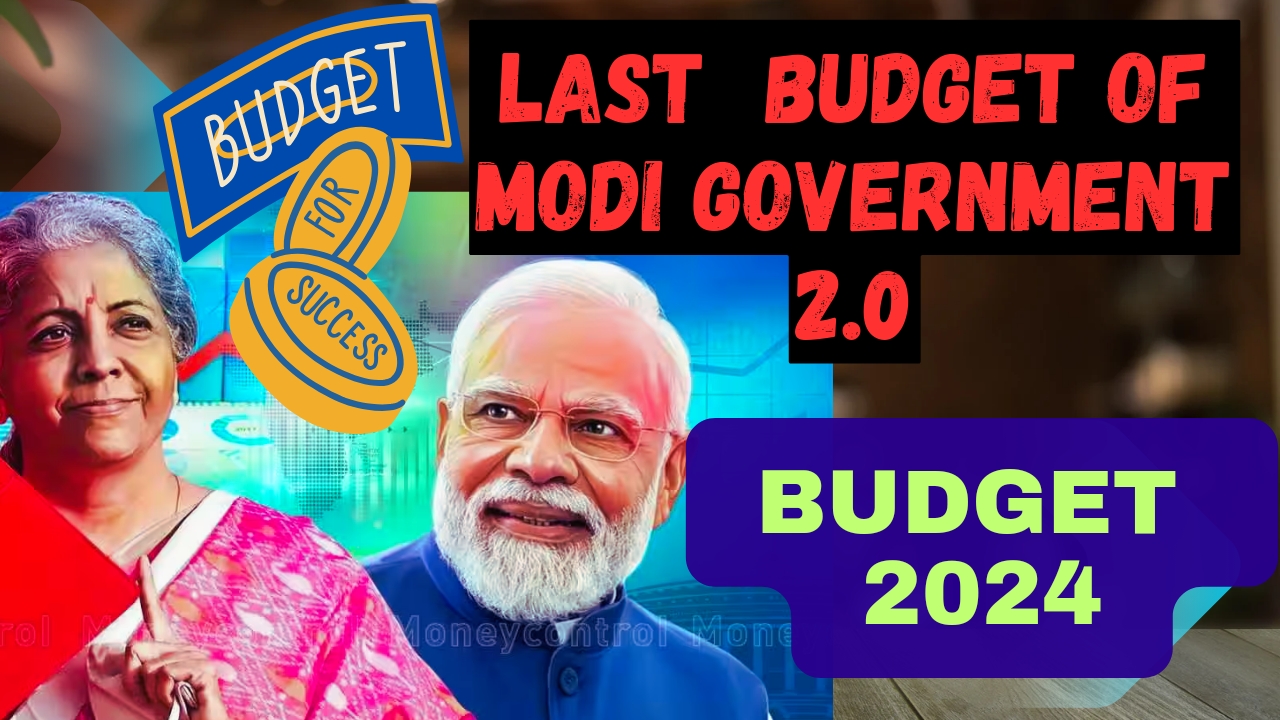Union Budget 2024: Election fever meets rupee realities. Will it be last budget of Modi Government? What to expect for farmers, tax, jobs & more. Vote-on-account Budget 2024: Will Modi woo voters with handouts or play fiscal hardball? Income tax relief, defense boost, welfare schemes: Decoding the 2024 Budget through election lens.
Introduction
Finance Minister Nirmala Sitharaman will present the Union Budget on February 1, 2024. This will be a vote-on-account as the Modi government heads for general elections likely around April-May.
One of the centerpieces of the Budgets under the Modi government has been its focus on big infrastructure projects. It has raised the capital expenditure multifold leading to more spending on creation of capital assets like roads, bridges, railway tracks, airports.
This article will analyze where the government gets its revenue from and where it spends that money. We use data from the 2023 Union Budget to understand the sources of revenue and the different expenditure heads.
Sources of Revenue
The government generates revenue from both tax and non-tax sources. Taxes are classified as direct and indirect. Income tax, Corporate tax are examples of direct taxes whereas GST, Customs, Excise are indirect taxes.
Considering the government gets a rupee in revenue, here is a break up of how much of it comes from different sources:
| Source of Revenue | Percentage of Rupee |
|---|---|
| Income Tax and Corporate Tax | 30% |
| GST | 17% |
| Union Excise Duty | 7% |
| Customs | 4% |
| Borrowing and Other Liabilities | 34% |
| Non-Debt Capital Receipts (including divestment) | 2% |
| Non-Tax Receipts | 6% |
As you can see, the government gets a significant portion of its revenue from taxes, with GST being the largest source. However, it also relies heavily on borrowing to finance its expenditure.
Expenditure
On the expenditure front, interest payments on past borrowing forms the biggest chunk comprising 20% of the budget. This is followed by:
| Expenditure Head | Percentage of Rupee |
|---|---|
| States’ share of taxes and duties | 18% |
| Central sector schemes | 17% |
| Centrally-sponsored schemes | 9% |
| Defence | 8% |
| Subsidies | 7% |
| Other expenditure | 8% |
The largest expenditure heads are interest payments, states’ share of taxes and duties, and central sector schemes. This shows that the government spends a significant amount of money on debt servicing, transferring resources to states, and funding its own welfare programs.
Analysis
This analysis shows that the government has a diversified revenue base, but it also relies heavily on borrowing to finance its expenditure. The largest expenditure heads are interest payments, states’ share of taxes and duties, and central sector schemes.
The upcoming Budget will be important to watch as the government will need to balance its fiscal priorities with the upcoming elections. It will be interesting to see how the government plans to manage its finances in the coming year.
2024 Budget: Election Whispers and Rupee Realities – What to Expect?
With the 2024 Lok Sabha elections looming, every rupee in the upcoming Union Budget promises to be politically charged. Here’s a glimpse into what different sectors and taxpayers can expect, based on past trends and the electoral undercurrent:
Agriculture:
- Focus on rural economy: Expect increased allocation for irrigation, rural infrastructure, and agricultural insurance schemes like PM Fasal Bima Yojana.
- Direct income support: Continuation of schemes like PM-Kisan Samman Nidhi with possible increase in payout to woo farmers.
Infrastructure:
- Continued push: Infrastructure development has been a Modi government focus – expect further boost for roads, railways, and digital infrastructure projects.
- Private sector participation: Budget may incentivize private investment in infrastructure through tax breaks and PPP models.
MSME and Employment:
- Skill development: Increased allocation for skill development programs to address employability challenges.
- Credit access: Measures to ease credit access for MSMEs, possibly through loan guarantee schemes or interest subvention.
Healthcare:
- Ayushman Bharat expansion: Expect increased allocation for Ayushman Bharat scheme to improve healthcare access in rural areas.
- Medical insurance deductions: Hike in income tax deductions for medical insurance premiums is a major demand, especially with rising healthcare costs.
Income Tax Slab 2024:
- No major overhaul: Given the election year, a drastic overhaul of the income tax regime is unlikely.
- Slab adjustments: Minor adjustments to income tax slabs to provide some relief to taxpayers are possible.
- Deduction changes: Increased deductions for expenses like education to income tax slabs to provide some relief to taxpayers are possible.
- Deduction changes: Increased deductions for expenses like education and medical treatment are potential sweeteners.
Other Expectations:
- Defense: Increased allocation for defense spending is likely, considering geopolitical tensions.
- Social welfare: Continuation of existing social welfare schemes with possible enhancements, especially for women and children.
- Education: Increased allocation for education, possibly with focus on digital learning and skill development.
Election Buzz:
- Populist measures: Expect announcements aimed at appeasing key voter segments, like farmers, women, and youth.
- Fiscal tightrope walk: Balancing populist measures with fiscal prudence will be a key challenge for the government.
The Bottom Line:
The 2024 Budget will be a delicate dance between fiscal responsibility and political expediency. While grand pronouncements are likely, analyzing past trends and election promises can give us a clearer picture of where the rupees might flow.
Remember, this is just a forecast. The actual Budget may hold surprises, and it’s crucial to stay informed and analyze the final announcements to understand their impact on you and your sector.


3 thoughts on “Union Budget 2024: What to Expect? Will it be last budget of Modi Government?”